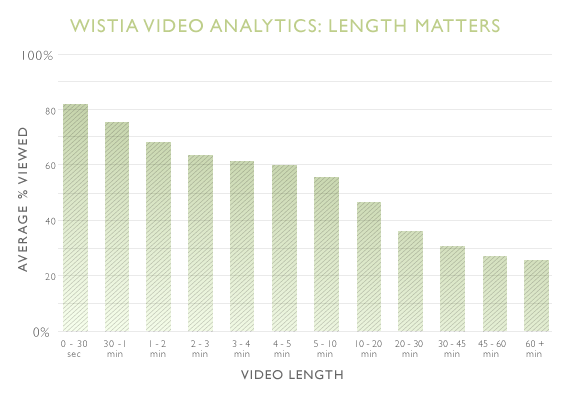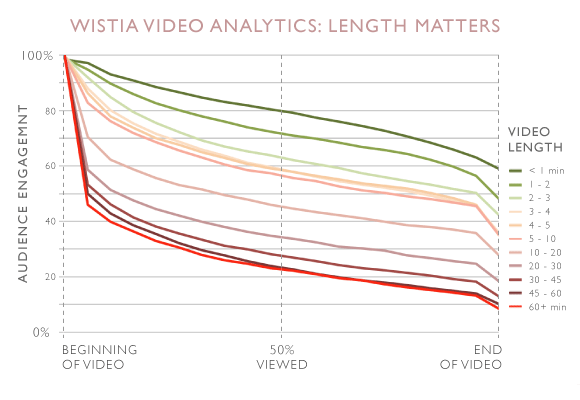Screencast videos have become a popular means for delivering “how-to” information. One of the questions developers must address is, how long should you make your screencasts?
 At last weeks’s tekom conference, I saw an interesting presentation by Melanie Huxhold and Dr Axel Luther of SAP on how they develop screencasts for SAP’s products (Produkt- und Lernvideos als ideale Ergänzung zur klassischen Dokumentation). In their presentation, Melanie said they had determined the ideal length for their videos by sending out a questionnaire to users, asking them what they preferred.
At last weeks’s tekom conference, I saw an interesting presentation by Melanie Huxhold and Dr Axel Luther of SAP on how they develop screencasts for SAP’s products (Produkt- und Lernvideos als ideale Ergänzung zur klassischen Dokumentation). In their presentation, Melanie said they had determined the ideal length for their videos by sending out a questionnaire to users, asking them what they preferred.
She said consensus from the feedback was to limit their videos to 90 seconds.
What does research tell us?
What people say and what people do can often differ, so I have some concerns over basing the length simply on what people say. So it might be useful to look at what behavioural research can tell us.
In their blog post Does Length Matter?, Wistia, a video hosting site, published graphs that summarise the millions of data points they have collected between 2009-2012:


According to Wistia,
“This graph tells us that shorter videos are better for getting people to watch the whole thing. After all, most business video is created to serve up a pre-packaged message, so the longer the video, the less people will watch. It’s also noticeable that after a certain point the engagement average flattens out — so there’s not a major difference in engagement for a 4-minute versus a 10-minute video.”
Even though there is a 5% drop off for each minute over 60 seconds, there may be a case for making some videos longer should the content require it.
In their paper for the STC’s Technical Communication magazine, Eight Guidelines for the Design of Instructional Videos for Software Training, Hans and Jan van der Meij quote some other research:
Plaisant and Shneiderman (2005) recommend keeping videos as short as possible. They suggest that a length of between 15 to 60 seconds is optimal for keeping the user engaged and minimizing what needs to be remembered together. Other researchers propose a slightly longer duration. Chan et al. (2010) mention a 3-minute average as “the usual length of a video clip on medical consultation in problem-based learning”.
Again, to quote from the Wistia blog,
“If your message is more complex, feel free to give it the time it deserves, but understand that a major chunk your audience won’t make it to the end of the video and consider front-loading your video with the most important information at the beginning.”


[…] And here’s an argument that I’m being way too optimistic: “The idea length for instructional screencast videos“ […]
[…] The Ideal Length for Instructional Screencast Videos (argues that optimal length is between 90 seconds and 4 minutes) […]